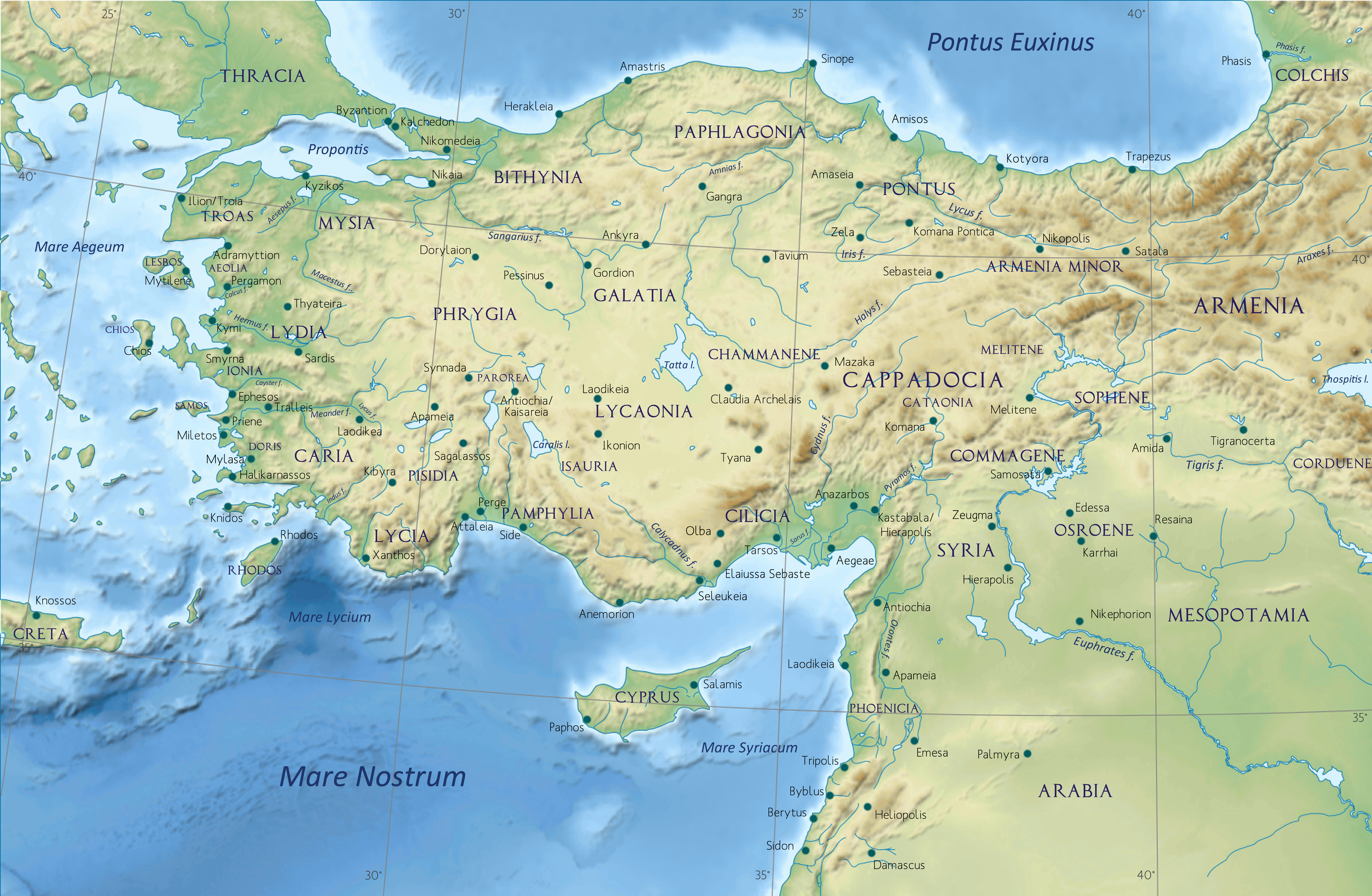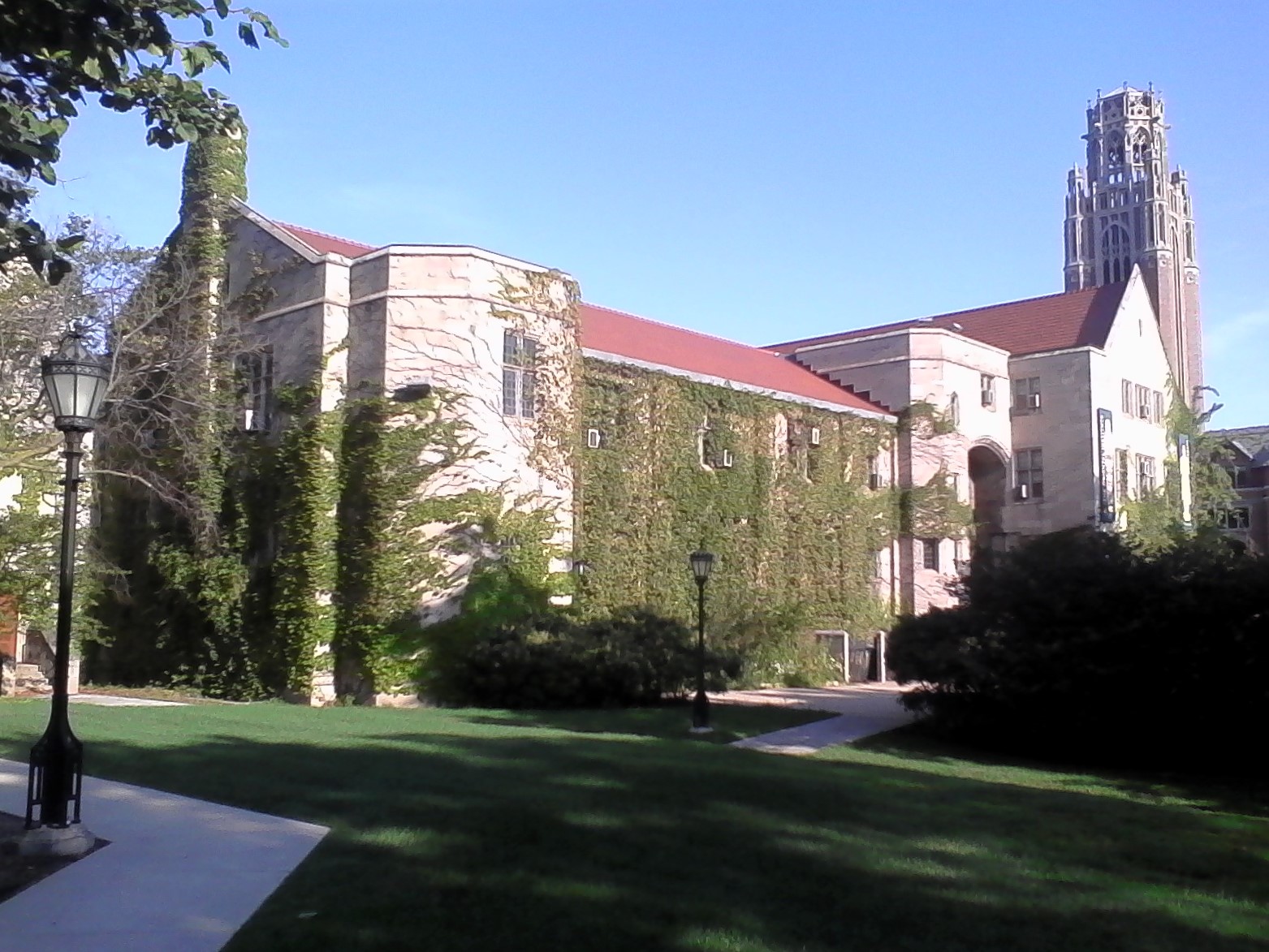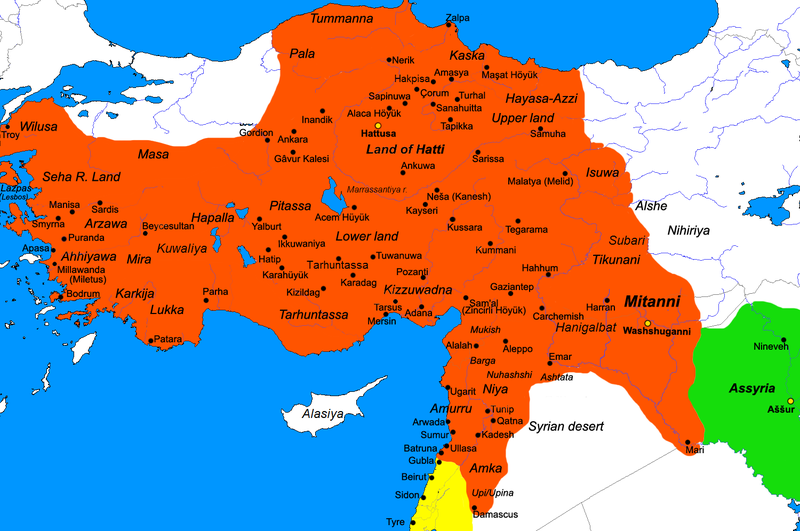|
Alişar, Sorgun
Alişar is a village in the district of Sorgun, Yozgat Province, Turkey. Near the village is the archaeological site of Alişar Hüyük. Alişar Höyük The site was settled from the Chalcolithic period in the fourth millennium BCE until the Phrygian period in the first millennium BCE. During the Early and Middle Bronze Age in the third millennium BCE Alişar developed into a walled town. Eventually, it became the most significant city in the region. Like Kanesh (Kültepe) to the south, it was a center for trade attracting merchants from Assyria at the beginning of the second millennium BCE. The city was then destroyed, and this may have been the conquest by the semi-legendary Hittite king Anitta. He is told to have conquered the city of Kussara which can be identified with Alişar Hüyük. The Hittites later made Hattusa to the north their capital. By the Hittite empire period 1400-1200 BCE Alişar was nothing but a small provincial town probably known as Ankuwa. Like most Hit ... [...More Info...] [...Related Items...] OR: [Wikipedia] [Google] [Baidu] |
Sorgun, Yozgat
Sorgun is a town and district of Yozgat Province in the Central Anatolia region of Turkey. Sorgun is the largest and the most populated district of Yozgat. It covers an area of 1,769 km² and the population is 120,262 of which 53,884 live in the town of Sorgun (2000 census A census is the procedure of systematically acquiring, recording and calculating information about the members of a given population. This term is used mostly in connection with national population and housing censuses; other common censuses in ...). Notes References * External links District governor's official website District municipality's official website A web portal of Sorgun Populated places in Yozgat Province Districts of Yozgat Province {{Yozgat-geo-stub ... [...More Info...] [...Related Items...] OR: [Wikipedia] [Google] [Baidu] |
Phrygians
The Phrygians (Greek: Φρύγες, ''Phruges'' or ''Phryges'') were an ancient Indo-European speaking people, who inhabited central-western Anatolia (modern-day Turkey) in antiquity. They were related to the Greeks. Ancient Greek authors used "Phrygian" as an umbrella term to describe a vast ethno-cultural complex located mainly in the central areas of Anatolia rather than a name of a single "tribe" or "people", and its ethno-linguistic homogeneity is debatable. Phrygians were initially dwelling in the southern Balkans – according to Herodotus – under the name of Bryges (Briges), changing it to Phryges after their final migration to Anatolia, via the Hellespont. However, the Balkan origins of the Phrygians are debated by modern scholars. Phrygia developed an advanced Bronze Age culture. The earliest traditions of Greek music are in part connected to Phrygian music, transmitted through the Greek colonies in Anatolia, especially the Phrygian mode, which was conside ... [...More Info...] [...Related Items...] OR: [Wikipedia] [Google] [Baidu] |
Former Populated Places In Turkey
A former is an object, such as a template, gauge or cutting die, which is used to form something such as a boat's hull. Typically, a former gives shape to a structure that may have complex curvature. A former may become an integral part of the finished structure, as in an aircraft fuselage, or it may be removable, being using in the construction process and then discarded or re-used. Aircraft formers Formers are used in the construction of aircraft fuselage, of which a typical fuselage has a series from the nose to the empennage, typically perpendicular to the longitudinal axis of the aircraft. The primary purpose of formers is to establish the shape of the fuselage and reduce the column length of stringers to prevent instability. Formers are typically attached to longerons, which support the skin of the aircraft. The "former-and-longeron" technique (also called stations and stringers) was adopted from boat construction, and was typical of light aircraft built until th ... [...More Info...] [...Related Items...] OR: [Wikipedia] [Google] [Baidu] |
Archaeological Sites In Central Anatolia
Archaeology or archeology is the scientific study of human activity through the recovery and analysis of material culture. The archaeological record consists of artifacts, architecture, biofacts or ecofacts, sites, and cultural landscapes. Archaeology can be considered both a social science and a branch of the humanities. It is usually considered an independent academic discipline, but may also be classified as part of anthropology (in North America – the four-field approach), history or geography. Archaeologists study human prehistory and history, from the development of the first stone tools at Lomekwi in East Africa 3.3 million years ago up until recent decades. Archaeology is distinct from palaeontology, which is the study of fossil remains. Archaeology is particularly important for learning about prehistoric societies, for which, by definition, there are no written records. Prehistory includes over 99% of the human past, from the Paleolithic until the advent o ... [...More Info...] [...Related Items...] OR: [Wikipedia] [Google] [Baidu] |
Towns In Turkey
A town is a human settlement. Towns are generally larger than villages and smaller than city, cities, though the criteria to distinguish between them vary considerably in different parts of the world. Origin and use The word "town" shares an origin with the German language, German word , the Dutch language, Dutch word , and the Old Norse . The original Proto-Germanic language, Proto-Germanic word, *''tūnan'', is thought to be an early borrowing from Proto-Celtic language, Proto-Celtic *''dūnom'' (cf. Old Irish , Welsh language, Welsh ). The original sense of the word in both Germanic and Celtic was that of a fortress or an enclosure. Cognates of ''town'' in many modern Germanic languages designate a fence or a hedge. In English and Dutch, the meaning of the word took on the sense of the space which these fences enclosed, and through which a track must run. In England, a town was a small community that could not afford or was not allowed to build walls or other larger fort ... [...More Info...] [...Related Items...] OR: [Wikipedia] [Google] [Baidu] |
Ankara
Ankara ( , ; ), historically known as Ancyra and Angora, is the capital of Turkey. Located in the central part of Anatolia, the city has a population of 5.1 million in its urban center and over 5.7 million in Ankara Province, making it Turkey's second-largest city after Istanbul. Serving as the capital of the ancient Celtic state of Galatia (280–64 BC), and later of the Roman province with the same name (25 BC–7th century), the city is very old, with various Hattian, Hittite, Lydian, Phrygian, Galatian, Greek, Persian, Roman, Byzantine, and Ottoman archeological sites. The Ottomans made the city the capital first of the Anatolia Eyalet (1393 – late 15th century) and then the Angora Vilayet (1867–1922). The historical center of Ankara is a rocky hill rising over the left bank of the Ankara River, a tributary of the Sakarya River. The hill remains crowned by the ruins of Ankara Castle. Although few of its outworks have survived, there ... [...More Info...] [...Related Items...] OR: [Wikipedia] [Google] [Baidu] |
Hans Henning Von Der Osten
Hans may refer to: __NOTOC__ People * Hans (name), a masculine given name * Hans Raj Hans, Indian singer and politician ** Navraj Hans, Indian singer, actor, entrepreneur, cricket player and performer, son of Hans Raj Hans ** Yuvraj Hans, Punjabi actor and singer, son of Hans Raj Hans * Hans clan, a tribal clan in Punjab, Pakistan Places * Hans, Marne, a commune in France * Hans Island, administrated by Greenland and Canada Arts and entertainment * ''Hans'' (film) a 2006 Italian film directed by Louis Nero * Hans (Frozen), the main antagonist of the 2013 Disney animated film ''Frozen'' * ''Hans'' (magazine), an Indian Hindi literary monthly * ''Hans'', a comic book drawn by Grzegorz Rosiński and later by Zbigniew Kasprzak Other uses * Clever Hans, the "wonder horse" * ''The Hans India'', an English language newspaper in India * HANS device, a racing car safety device *Hans, the ISO 15924 code for Simplified Chinese script See also * Han (other) *Hans im Glück ... [...More Info...] [...Related Items...] OR: [Wikipedia] [Google] [Baidu] |
University Of Chicago
The University of Chicago (UChicago, Chicago, U of C, or UChi) is a private university, private research university in Chicago, Illinois. Its main campus is located in Chicago's Hyde Park, Chicago, Hyde Park neighborhood. The University of Chicago is consistently ranked among the best universities in the world and it is among the most selective in the United States. The university is composed of College of the University of Chicago, an undergraduate college and five graduate research divisions, which contain all of the university's graduate programs and interdisciplinary committees. Chicago has eight professional schools: the University of Chicago Law School, Law School, the Booth School of Business, the Pritzker School of Medicine, the Crown Family School of Social Work, Policy, and Practice, the Harris School of Public Policy, the University of Chicago Divinity School, Divinity School, the Graham School of Continuing Liberal and Professional Studies, and the Pritzker School of ... [...More Info...] [...Related Items...] OR: [Wikipedia] [Google] [Baidu] |
Oriental Institute, Chicago
The Oriental Institute (OI), established in 1919, is the University of Chicago's interdisciplinary research center for ancient Near Eastern ("Orient") studies and archaeology museum. It was founded for the university by professor James Henry Breasted with funds donated by John D. Rockefeller, Jr. It conducts research on ancient civilizations throughout the Near East, including at its facility, Chicago House, in Luxor, Egypt. The institute publicly exhibits an extensive collection of artifacts related to ancient civilizations at its on-campus building in Hyde Park, Chicago. According to anthropologist William Parkinson of the Field Museum, the OI's highly focused "near Eastern, or southwest Asian and Egyptian" collection is one of the finest in the world. History In the early 20th century, James Henry Breasted built up the collection of the university's Haskell Oriental Museum, which he oversaw along with his field work, and teaching duties. He dreamed, however, of establish ... [...More Info...] [...Related Items...] OR: [Wikipedia] [Google] [Baidu] |
Kerkenes
Kerkenes (or Kerkenes Dağı; both names are modern) is the largest pre-Hellenistic site from the Anatolian Plateau (Turkey) – 7 km (4 mi) of strong stone defenses, pierced by seven gates, that enclose 2.5 km2 (1.0 sq mi). It is located about 200 km (120 mi) east from Ankara (35.06E, 39.75N), between the towns of Yozgat (W) and Sorgun (E). History It has been suggested that this was a Hittite site in the Bronze Age, with the underlying hill being the sacred Mount Daha. An important Imperial Hittite city at Kusakli Hoyuk sits in the valley of Egrioz Su river about 8 km to the north-northwest of the city on the Kerkenes Dag. According to Gurney, the textual evidence that he assembled strongly points towards an identification of Kusakli Hoyuk with the town of Zippalanda, as mentioned in Hittite documents. The huge overlaying Iron Age construction at the site makes this very difficult to verify. The Iron Age city, apparently a planned urban ... [...More Info...] [...Related Items...] OR: [Wikipedia] [Google] [Baidu] |
Hattusa
Hattusa (also Ḫattuša or Hattusas ; Hittite: URU''Ḫa-at-tu-ša'',Turkish: Hattuşaş , Hattic: Hattush) was the capital of the Hittite Empire in the late Bronze Age. Its ruins lie near modern Boğazkale, Turkey, within the great loop of the Kızılırmak River (Hittite: ''Marashantiya''; Greek: '' Halys''). Hattusa was added to the UNESCO World Heritage Site list in 1986. Surroundings The landscape surrounding the city included rich agricultural fields and hill lands for pasture as well as woods. Smaller woods are still found outside the city, but in ancient times, they were far more widespread. This meant the inhabitants had an excellent supply of timber when building their houses and other structures. The fields provided the people with a subsistence crop of wheat, barley and lentils. Flax was also harvested, but their primary source for clothing was sheep wool. They also hunted deer in the forest, but this was probably only a luxury reserved for the nobility. Do ... [...More Info...] [...Related Items...] OR: [Wikipedia] [Google] [Baidu] |
Yozgat Province
Yozgat Province ( tr, ) is a province in central Turkey. Its adjacent provinces are Çorum to the northwest, Kırıkkale to the west, Kırşehir to the southwest, Nevşehir to the south, Kayseri to the southeast, Sivas to the east, Tokat to the northeast, and Amasya to the north. The provincial capital is Yozgat. Districts Yozgat province is divided into 14 districts (capital district in bold): * Akdağmadeni * Aydıncık * Boğazlıyan * Çandır * Çayıralan * Çekerek * Kadışehri * Saraykent * Sarıkaya * Şefaatli * Sorgun * Yenifakılı * Yerköy * Yozgat Yozgat is a city and the capital district of Yozgat Province in the Central Anatolia Region of Turkey. According to 2019 census, population of the district is 421,200 of which 106,280 live in the city of Yozgat. History The first surveys were ... See also * List of populated places in Yozgat Province References External links *Yozgat official website*Yozgat governor's official website*Yozga ... [...More Info...] [...Related Items...] OR: [Wikipedia] [Google] [Baidu] |


.jpg)
.jpg)




